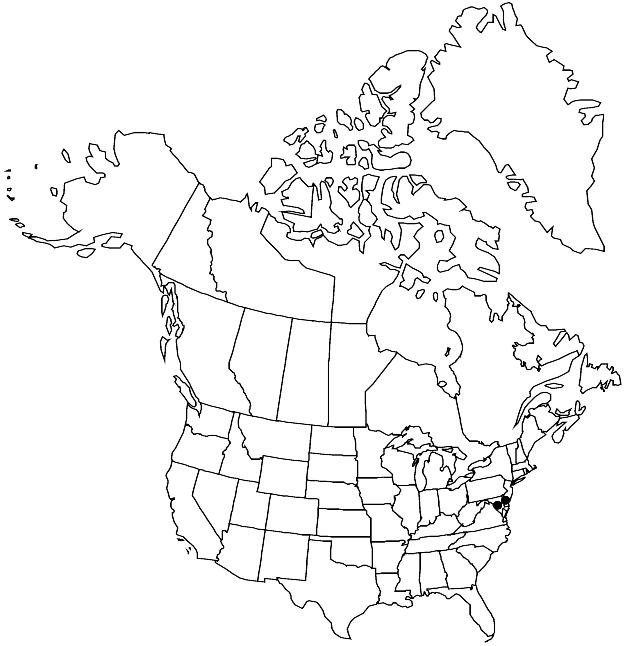Ptychostomum reedii
Phytologia 87: 22. 2005.
Plants in dense turfs, dark green. Stems 1–2 cm, comose, innovations comose or somewhat elongate and evenly foliate; not strongly radiculose. Leaves green, twisted to contorted when dry, oblong or ovate, concave, (0.5–)1–2 mm, not much enlarged toward stem apex; base not decurrent; margins plane or revolute to mid leaf, limbidium somewhat indistinct, in 1 or 2 rows; apex acute, sometimes apiculate; costa percurrent in proximal leaves to sometimes short-excurrent in distal leaves, awn denticulate; proximal laminal cells 3–4:1, same width or sometimes wider than more distal cells; medial and distal cells rhomboidal, 12–16 µm wide, 3–4:1, walls thin. Specialized asexual reproduction by leaf axil gemmae, green or green-brown. Sexual condition autoicous. Seta 2–3 cm. Capsule brown, pyriform, symmetric, 2–3 mm, mouth yellow; operculum short-conic, apiculate; peristome reduced; exostome teeth yellow basally, hyaline distally, lamellae usually straight mid tooth, pores absent along mid line; endostome variable, not adherent to exostome, basal membrane low, segments with narrowly ovate perforations, sometimes reduced, cilia variable, absent or occasionally present and well developed, appendiculate or nodose. Spores (28–)30–40 µm, finely papillose, green.
Phenology: Capsules mature Jun–Aug.
Habitat: Soil over serpentine rock, in serpentine rock crevices
Elevation: low elevations (0-100 m)
Discussion
Of conservation concern.
Ptychostomum reedii is a highly distinctive and very rare local endemic, not likely to be confused with any other species in eastern North America. The costal awns are slender. The setae are brown, unlike the red or red-brown setae of other species in sect. Cladodium. Plants from Delaware have abundant filiform gemmae in the leaf axils.
Selected References
None.
